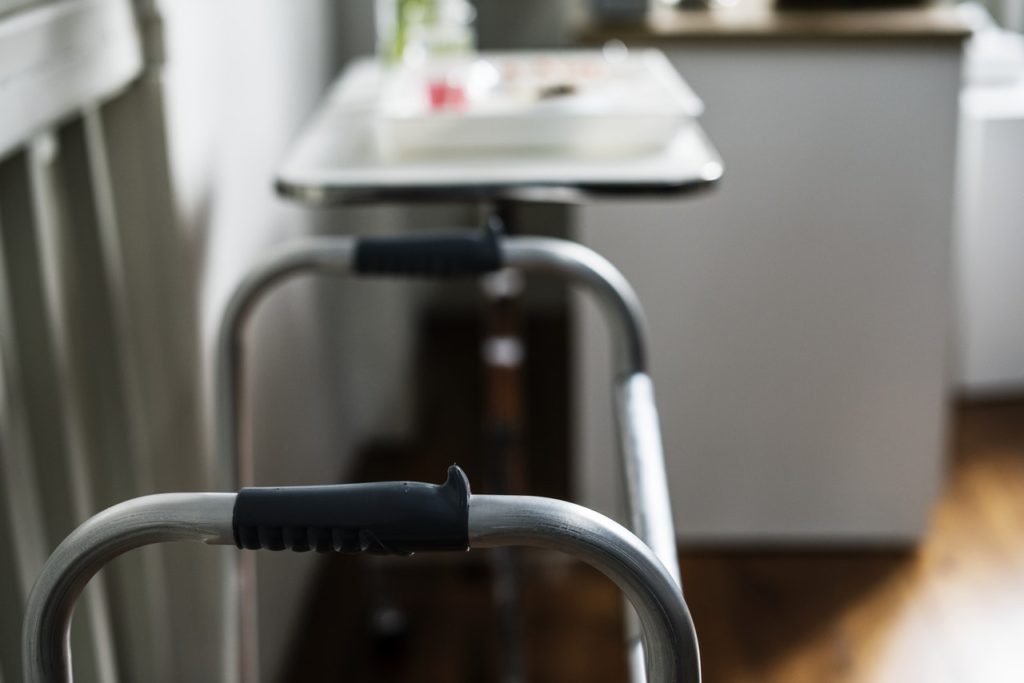
Luckily, you can trust My Elder to make sure that your loved ones get superior care from nursing homes and assisted living facilities.
Thousands of elderly nursing home residents across the country are getting this message loud and clear.
In an environment of reimbursement based elder care services, you will not receive care that looks out for your future well-being and stability. In a system of unbridled profiteering by various nursing home operators, if a service isn’t paid for by someone, you won’t be awarded it.
Vito Genovese (not the notorious mob figure) was playing cards with his buddies on March 22, 2015; he went to the kitchen for some sandwiches, tripped and broke his hip. That day was the last day he walked without assistance. He went to the hospital for a week and then was admitted to a nursing home for physical therapy. After 100 days of therapy he was able to walk 100 feet with assistance.
After therapy, Vito was not mobile enough to return to his 3rd-floor walk-up apartment. He stayed in, at the facility as a long-term resident. After 100 days his therapy stopped. Without it he was not able to walk, so he was relegated to a wheelchair, without any therapy or physical activity. This situation led Vito to become depressed, and after a while, he refused to get out of bed. He deteriorated rapidly.
Medicare only provides up to 100 days of physical and occupational therapy. While this may be enough to restore some elders to full functionality, many elders need more time. To these residents, Medicare says, “Tough luck.”
Even those residents, who can walk after 100 days of physical or occupational therapy, will not be able to maintain this level of functionality because Medicare refuses to pay for maintenance. What is supposed to happen is that these residents are placed on a floor maintenance program. Nurse aides are supposed to walk these residents every day.
In a world of understaffed facilities, floor maintenance programs are nonexistent or weak at best. There are facilities that have wellness programs with gym equipment and exercise classes. These programs are not covered by Medicare and Medicaid, and must be staffed by a qualified person at the expense of the nursing home operator.
Related Posts
Wii by Nintendo: An Effective Way For Elders To Exercise and Have Fun
Broken Bones, Broken Lives: Falls In Nursing Homes
Does Nursing Home Understaffing Contribute To Resident Falls?
Although exercise and physical activity are among the healthiest things an elder can do for himself, some older adults are reluctant to exercise. Some are afraid that exercise will be too hard or that physical activity will harm them. Others might think they have to join a gym or have special equipment. Yet, studies show that “taking it easy” is risky. For the most part, when older people lose their ability to do things on their own, it doesn’t happen just because they’ve aged. It’s usually because they’re not active. Lack of physical activity also can lead to more visits to the doctor, more hospitalizations, and more use of medicines for a variety of illnesses.
Another grave problem is that many nursing homes don’t want their residents walking around because they are concerned that they will fall and sue. Far too many physical therapists are doing just enough rehabilitation so that a resident can get in and out of a wheelchair, or get around with a walker.
Having a robust wellness center should be a requirement of all nursing homes. Everyone has an interest in keeping as many elders, walking as possible. Of course, when profit is of the highest of concerns, elders get the short end of the stick.
My Elder provides elder advocacy services to families. Talk to us about long-term planning, finding the right home for your loved ones, preventing crisis and abuse, and ensuring they receive the best care possible.


